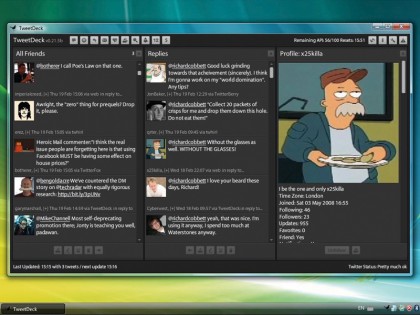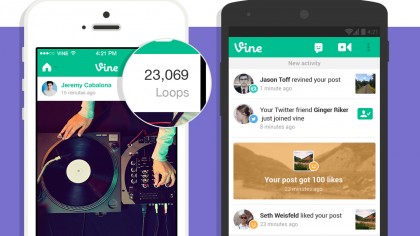Dick Costolo, former Twitter CEO: a timeline
Is he responsible for Twitter's stock decline?

When Dick Costolo announced that he would be stepping down as the CEO of Twitter last Thursday, effective July 1, many investors breathed a sigh of relief. Surely, the wolves of Wall Street have cause to shame and blame Costolo – he was the leader of a company that was showing itself to be weak, at least in terms of its performance on the stock market, which to be fair, is primarily what an investor should care about. But there's more to Dick Costolo's work at Twitter than the stock market shows, especially from a technology perspective.
Ultimately, it looks like Costolo faced two major problems during his tenure at Twitter, and they were unfortunately large enough to undermine his successes, which lie mainly in the company's mobile advancements and diverse ad offerings.
The first problem is that Costolo tried to make Twitter resemble Facebook instead of maximizing Twitter's own unique appeal as a microblogging site. This first problem only enhanced the second, which is that Twitter just doesn't have the user engagement that Facebook has (not even close). All the products, partnerships, and ad services in the world don't mean squat if you don't have the reach.
Here's a look at some of Twitter's major moves under Costolo's leadership.
October, 2010: Getting aggressive with ad products
Twitter unveiled Promoted Promotions the same day Twitter co-founder Evan Williams announced he was stepping down and naming Costolo as his replacement. While it could be seen as a development made under Williams' watch, it's just as arguable that it was a feature pushed by Costolo, since it's not unusual for CEOs to start moving into the driver's seat before their predecessors are fully out the door.
The ad product suggests user accounts that one isn't already following but appears in line with their interests based on other accounts they follow (and is largely used by brands looking to gain followers for advertising purposes). Twitter also began making Promoted Tweets and Promoted Trends available beyond Twitter.com – something the site discussed doing since launching Promoted Tweets in April of the same year.
Are you a pro? Subscribe to our newsletter
Sign up to the TechRadar Pro newsletter to get all the top news, opinion, features and guidance your business needs to succeed!
Costolo's first month was a crucial one for Twitter, as he sought to prove it as an aggressive ad platform, and also to show just how successful it already was. "It's been a busy but exciting few months for Twitter's advertising team," Twitter said in its product announcement. "We've launched three major products in the past six months. We're working with over 40 advertisers – nearly 80% of whom have already become repeat buyers in this short period of time..."

May 2011: Buying TweetDeck
Twitter acquired TweetDeck, one of Twitter's most widely used third party apps, for $40 million. At the time it was the company's biggest acquisition.
February 2012: Twitter gets on board with SMBs
Twitter announced that starting the following month, small-to-midsized businesses could use the platform to offer up their own ads using Twitter's Promoted Tweets and Promoted Accounts products.
January 2013: Twitter launches Vine
The mobile service that allows users to record and share short looping videos is introduced by Twitter to "inspire creativity." Over the years, it's enjoyed enduring popularity, particularly among millennials and teens.

October 2013: Twitter Connects To TV Ratings
Twitter and TV have long gone hand in hand, but Costolo made the sweet and savoury pairing official when he sealed a deal with Nielsen to launch, Nielsen Twitter TV Ratings. The service measures the total activity and reach of TV-related conversation on Twitter by counting the number of people tweeting about the programs, but also how many users are seeing those tweets. This was great on Costolo's part because it develops Twitter's unique stance as the modern day TV accessory, something Facebook isn't.
October 2013: Twitter acquires MoPub
Twitter nabbed up MoPub, a mobile ad network, ad serving business, and real time bidding exchange. The pricey purchase suggested that Costolo was looking to beef up Twitter's own mobile exchange.
November 2013: Twitter files its IPO
This is where things really start to get tricky for Costolo. The stock debuted beautifully, launching at $26 a share and at one point leapt to $50.09. Twitter raised some $1.8 billion that Wednesday, but guess what? Facebook, despite being remembered as an IPO debut flop, raised $16 billion. The problem isn't so much that Facebook performed better, it's that Facebook has always done better and has so many more users than Twitter. Unfortunately, despite its many distinctions, Twitter is largely perceived as "the other social network."